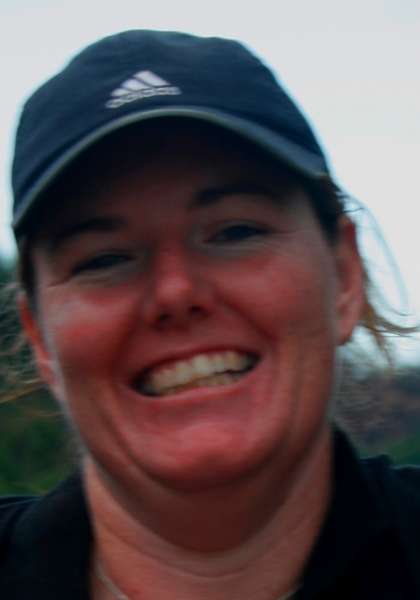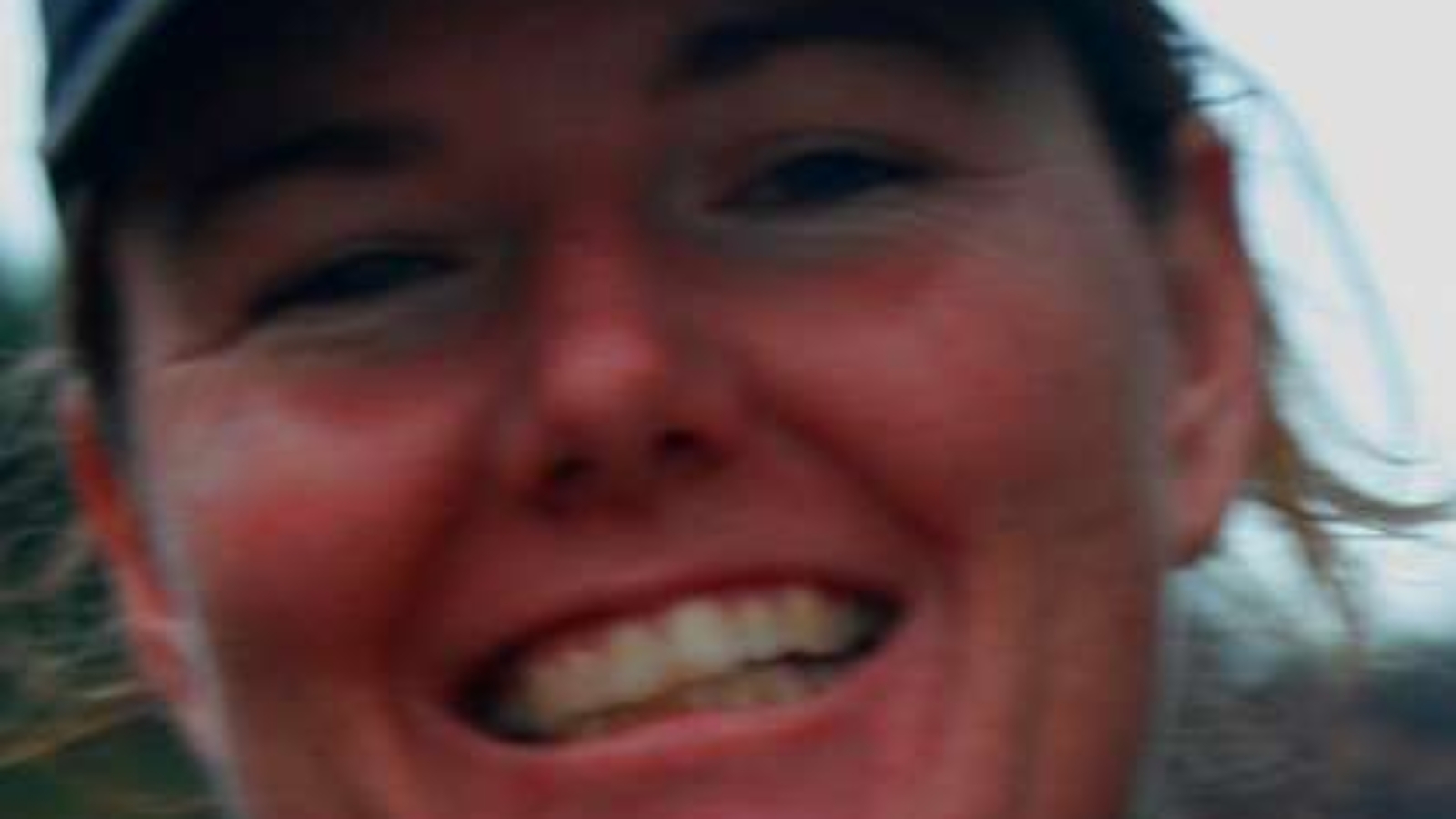 I arrived in Niger three months ago to help scale up and roll out an emergency program to respond to the emerging food crisis. It’s hard to say when exactly this shifted from an “impending crisis” to a real humanitarian emergency, but we are there now. The official Food Security survey of April 2010 states that there are 7.1 million people facing hunger. Some 3.3 million of those are considered to be facing extremely food shortages and unable to feed their families’ without help. Our program is based in Tahoua, the second worst affected part of the country.
I arrived in Niger three months ago to help scale up and roll out an emergency program to respond to the emerging food crisis. It’s hard to say when exactly this shifted from an “impending crisis” to a real humanitarian emergency, but we are there now. The official Food Security survey of April 2010 states that there are 7.1 million people facing hunger. Some 3.3 million of those are considered to be facing extremely food shortages and unable to feed their families’ without help. Our program is based in Tahoua, the second worst affected part of the country.
Our goal is to prevent malnutrition from reaching emergency thresholds. We are distributing seed packs and fertilizer to help families plant crops in time for the next harvest; providing nutrition support to children under five, pregnant women and mothers; and launching an innovative use of mobile phone technology to distribute emergency cash to the most vulnerable women.
What we are doing sounds easy when I write it, but delivering aid in Niger is anything but easy. Some of the people we need to reach are nomadic and frequently on the move in search of fodder and water for their animals. This is among the world’s least developed countries. Roads, supply chains, and basic infrastructure are poor, often non-existent. Transporting large amounts of supplies over long distances is expensive and time consuming—and sometimes it’s not possible.
Most of the women we are targeting are illiterate and have no numerical skills, have little access to electricity, and to complicate matters even more, mobile signal coverage is sporadic. But we decided that if we could make the mobile phone cash transfer program work here, we could make it work anywhere.
We started by tackling the biggest issues. We purchased phones for each beneficiary, sourcing new, very low-cost models now on the market. We produced picture-based teaching tools and mobilized community education teams to over a hundred villages. These teams taught women to recognize the letters and numbers on the phones, to send and receive a text message, and to redeem codes they will receive via text message for cash at mobile dispensing stations. Concern also gave groups of the women solar-powered chargers for the phones, and offered them training to use the chargers to generate supplementary income.
But the biggest challenge was still on the horizon. We learned that each beneficiary would need a photo ID to sign a mobile phone contract. A couple of quick calls confirmed that the women we were targeting had no form of ID whatsoever. No problem, I thought. We’ll just make them some ourselves. It seemed like a great idea. It would reduce fraud, raise accountability, and allow third parties to verify the identity of recipients.
Reality started to sink in when I faced the fact that we needed to photograph 9,000 women in 116 separate remote villages. We found software that was compatible with our database and scoured the internet for hardware to allow us to design and print the cards, locating a company at the other end of Africa in Johannesburg, which shipped quickly to Niger. We also had to rally community leaders to confirm each individual’s identity, and we needed to make sure that at the end of the day, we matched all the right pictures with all the right names. We decided to do the production on site in the villages.
We gave each of our six education teams a laptop and a webcam, which also involved some creative thinking. We have excellent local staff, but out of the 24 assigned to help verify the identities of the program participants, only four had strong computer skills. For the rest, we held intensive training sessions to get them up to speed on how to use the software and tools. Then they went to work. Again, this might sound easy, but imagine taking your laptop to the desert, with no electricity available. How do you keep the sand out of it, how do you keep the power supply constant, and how do you control the crowd lined up waiting for you to process their ID cards?
The villagers had never seen anything like it, and they were totally fascinated. Most of the women had never even seen a photograph of themselves, and now they were looking at their faces and their friends on a computer screen. Everyone wanted to look—causing quite a commotion and slowing our teams considerably. But we realized an unexpected benefit—bringing a new experience and a bit of “entertainment” to these communities that are facing unspeakable hardship and uncertainty.
After six days, the process was complete and the databases were merged back in our main office. Many days and nights of printing cards, matching identities and villages followed. Three weeks later, 9,000 women now possess their first ever photo ID card, which will allow them to get cash at authorized distribution points and allow us to monitor the distributions and cross reference the program’s beneficiaries. The IDs allow us to link and track in our database all our program participants across not only our cash, but also our nutrition programs.
We are working against time to give people the resources to survive massive food shortages. Results of this innovative program and research will be valuable for analyzing the cost effectiveness of cash interventions in food emergencies and will provide vital experience to the international community as we begin to scale up in the future.
Amanda McClelland is the Emergency Nutrition and Food Security Manager, Concern Worldwide, Niger
